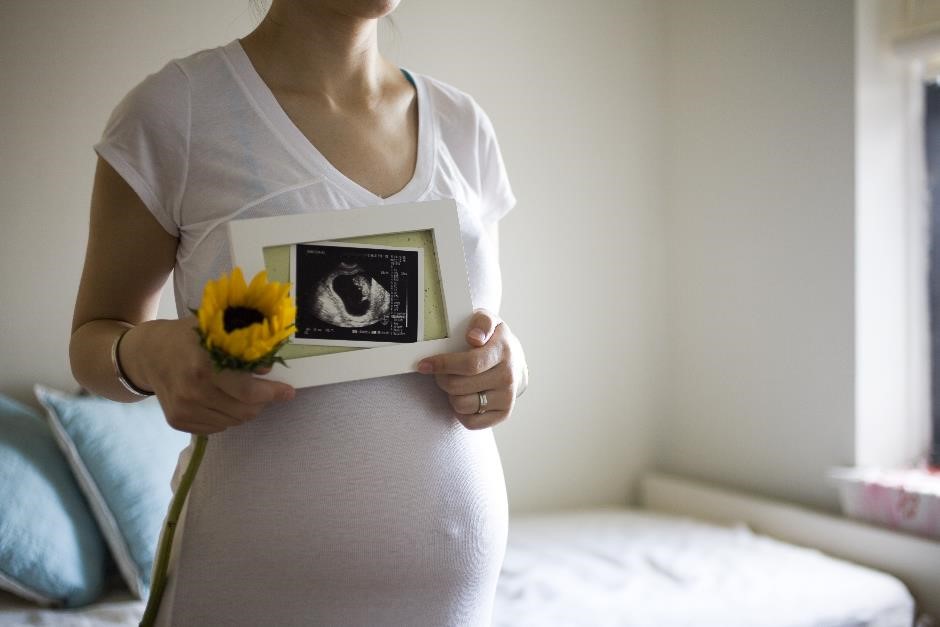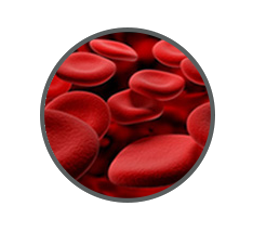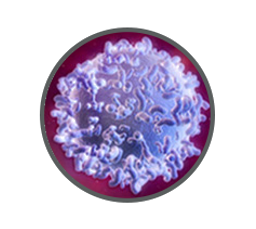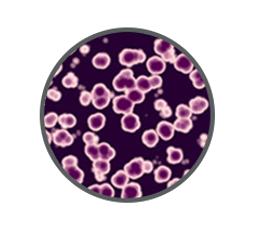How to choose a family cord blood bank

Have you ever considered how motherhood changes your life? From the first second that you discovered you are carrying life within you, everything changes – your perspective, your priorities, and even your choices. Every decision you make, from choosing your obstetrician doctor, delivery hospital to your diet, is important. Perhaps one decision above all others could make a significant difference without you knowing it: the decision to store your child’s umbilical cord blood.
Yes, that’s right. Did you know that the umbilical cord which primarily provides nutrients and removes waste during pregnancy also contains life-saving stem cells? Let’s take a closer look at how you can store these precious stem cells through family cord blood banking.
What is cord blood banking?
Cord blood banking is the process in which blood remaining within the umbilical cord and placenta is collected, harvested and stored after the birth of your child. The remaining blood is also known as umbilical cord blood, a rich source of Haematopoietic Stem Cells (HSCs) with the ability to differentiate into other cell types found in blood, such as red blood cells, white blood cells and platelets.
HSCs play an important role in regenerating damaged or diseased cells, correcting genetic defects, and treating blood cancers. By taking this blood and freezing it, you are able to save those precious stem cells and use it should your child – or someone in your family – ever need it.
HSCs have the unique ability to differentiate into various cell types found in blood as depicted in the diagram below:

Red blood cells
Carry oxygen to all cells in the body

White blood cells
Fight infections

Platelets
Helps blood to clot in the event of injury
The importance of cord blood
Umbilical cord blood can be used to treat over 80 diseases1, such as leukaemia, lymphoma, thalassemia as well as immune disorders and metabolic disorders, just to name a few.
Clinical trials are also underway to use cord blood to treat Autism, Cerebral Palsy and conditions which occur in the later stages of life, such as Alzheimer’s Disease, Parkinson’s, Osteoarthritis and many more2. Clinical trials are instrumental in enabling medical breakthroughs and give hope to those with medical conditions that currently have no known cure.
3 Key Facts about Umbilical Cord Blood
Guaranteed match for autologous transplants
Your child’s umbilical cord blood is a 100% match for him/her in a time-critical situation when the need for a stem cell transplant arises. Based on Cordlife’s data on cord blood units released for transplants over the years, 64%3 of the released cord blood units were for autologous (self-use) treatments.
Lower risk of graft vs host disease
Graft vs Host Disease is a possible severe adverse immunologic reaction that occurs when the patient receives the stem cells from a donor in a transplant. As your child is both donor and recipient in an autologous transplant, there is much lower risk of contracting Graft vs Host Disease.
Ready source of life-saving stem cells for the family
By storing your child’s stem cells for the family, you are reducing the chances of needing to wait, source and procure a suitable cord blood unit for a transplant if it ever arises. The chances of finding a suitable stem cells donor in Singapore is 1 in 20,000 4. Currently, up to 75% of patients5 who require stem cell transplants are unable to find a suitable match/donor.
Therefore, the storage of your child’s umbilical cord stem cells with a family cord blood bank avails your child and family to a ready source of life-saving resource that not only treats over 80 diseases, but shows promising results in many other potential therapies.
Wouldn’t you want to have that option?
What else do I need to know about cord blood banking?
The collection process is risk-free and painless
The collection of cord blood done by your obstetrician doctor is a safe procedure that will neither harm both mother and baby nor complicate the birthing process. The final decision of whether the cord blood collection should take place will always reside with your obstetrician doctor, whose first priority is to ensure the safety of you and your baby.
Unlocking additional medical resources from umbilical cord lining
Beyond the storage of your child’s umbilical cord blood, family cord blood banks such as Cordlife also offer the storage of your child’s umbilical cord lining, the outermost layer of the umbilical cord. The umbilical cord lining contains two additional cell types – Mesenchymal Stem Cells (MSCs) and Cord Lining Epithelial Stem Cells (CLEpSCs) extracted using CellOptima™ technology.
MSCs and CLEpSCs are the “muscle-forming” and “skin-forming” building blocks in the human body which have shown great potential in aiding the repair of injured tissues and organs.
Cordlife is 1 of 3 family cord blood banks worldwide and the only one in Singapore with patented CellOptima™ technology for the isolation and expansion of MSCs and CLEpSCs.
Not all family cord blood banks are the same
When it comes to the handling of your child’s precious umbilical cord stem cells, family cord blood banks have differing levels of laboratory management expertise, quality standards as well as processing technology. Cordlife is the only family cord blood bank in Singapore adopting a fully automated end-to-end closed processing system using both Sepax®² as well as Smart-Max™ machines, ensuring that there is no form of human intervention during processing. This technology ensures optimal recovery of your child’s precious stem cells and eradicates any risk of processing contamination.
How to choose a family cord blood bank

Once you’ve decided to make this important, life changing decision, the only thing left to do is choose a family cord blood bank.
To determine whether a family cord blood bank is trustworthy, a helpful tip would be to look at their years of experience as well as international accreditations from AABB (formerly American Association of Blood Banks) and FACT-Netcord (Foundation for the Accreditation for Cellular Therapy). Currently, Cordlife is the longest-standing family cord blood bank in Singapore and have been operating their fully-owned laboratory in accordance to international standards.
International accreditations as well as long-standing establishment are important pointers to look out for when choosing a family cord blood bank. It provides parents the assurance that their child’s life-saving medical resources are stored with a trusted, sustainable and reliable partner who will be with them for the long haul.
Another tip would be to look at the family cord blood bank’s transplant track record. This serves as an indication of the bank’s experience in successfully releasing cord blood stem cells for transplants. In addition, it affirms that your child’s cord blood stem cells stored under their care is in accordance with the highest standards and remains viable for transplantation when needed. Choose wisely because your child’s cord blood is precious.
During this period, cord blood banking remains as an essential healthcare service for all expectant parents. Safeguard your family’s health by making an appointment with our friendly consultants today!
This article was adapted from The Asian Parent: A Life-Changing Decision Mums Might Need to Make Before Birth.
References:
1 For the full list of treatable diseases and references, please refer to https://www.cordlife.com/sg/treatable-diseases.
2 Diseases and Disorders that have been in Clinical Trials with Cord Blood or Cord Tissue Cells. Parent’s Guide to Cord Blood Foundation website. https://parentsguidecordblood.org/en/diseases#trial. Accessed April 20, 2020.
3 Based on Cordlife’s cord blood release track record as of April 2020.
4 Treatment with cord blood page. Singapore Cord Blood Bank website. https://www.scbb.com.sg/cordblood/pages/treatment-with-cord-blood.aspx. Accessed April 20, 2020.
5 Six Myths about Donating Bone Marrow and Stem Cells. https://www.mskcc.org/news/six-myths-about-donating-bone-marrow-stem-cells. Accessed October 21, 2022.
Recent Blog Posts
- 01 Aug 2025
- 02 Jun 2025
- 28 Mar 2025
- 10 Nov 2023
- 19 Oct 2022
